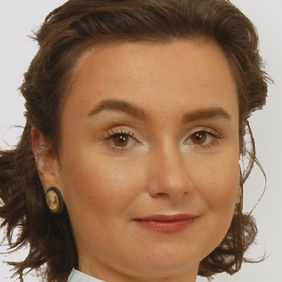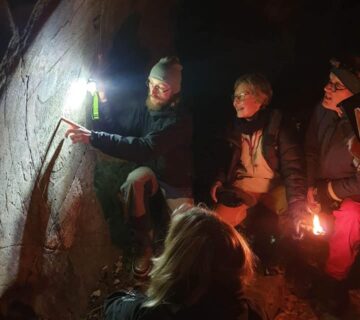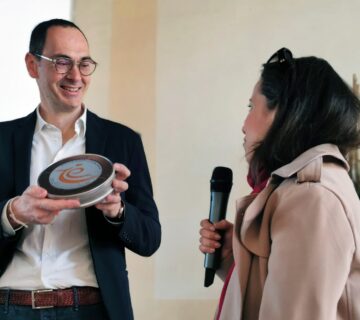I was born in 1991 and studied at the University of Bucharest, receiving a degree, in 2009, in European Studies. I concluded my academic development with a master’s degree in World Heritage Studies. Because of my new study programme, I emigrated first to Germany, in 2013, where I trained and researched for a short period before spending longer in Turkey, Albania, and Finland before I settled back home.
Through my training, I have had first-hand experience in researching the identification, assessment and management of diverse heritage sites in Europe. For example, I drafted a financial plan for Suomenlinna World Heritage site, researched the nomination of Rosia Montana on the UNESCO InDanger list as a cultural landscape and examined the expansion of the ancient and primeval beech forests of the Carpathians and other regions of Europe.
As an emerging World Heritage professional, I have had the chance to collaborate with institutions that deal with both legislation and research of heritage. The resulting understanding has steered my decision to dedicate the final stage of my second academic degree to studying biodiversity protection through ecotourism and agroforestry in a protected area for my master’s thesis.
Considerable exposure to rural agricultural practices in Romania has given me a valuable insight into assessing the genotypes of crops and animals and ecological conditions, and understanding the local management of ecosystems. This was informed by values-based and people-centred approaches which I consider extremely relevant and applicable to the sustainability debate.
My latest activities as a speaker are delivering workshops on heritage activism within Balkan organizations and facilitating conferences on heritage at the European Council. Today, I offer independent consultancy and research in the field of heritage management.
Why interpretation, you might ask?
I had my first encounter with interpretation during my training with Cultural Heritage without Borders. During my thesis, I studied one of the most diverse biodiversity locations in Europe, but I ended up having trouble finding a field that would aid me in valorizing the site in a non-imposing way and informing the managers of practices that were achievable.
At the time I didn’t know it was called interpretation but, with little research, I found something that seemed promising.
Since I have come in contact with heritage interpretation, it seems as though I have learned another language: an idiom of kindness and simplicity, of listening and communicating more effectively. I do not any way want to imply that interpretation will solve all conservational problems or other self-fabricating issues that our generation faces. What I do believe is in interpretation’s potential to relate to and include people in experiencing heritage in a more meaningful manner. At the same time, working together in a European context could facilitate a more realistic and measurable way to manage the challenges of safeguarding nature and culture.




